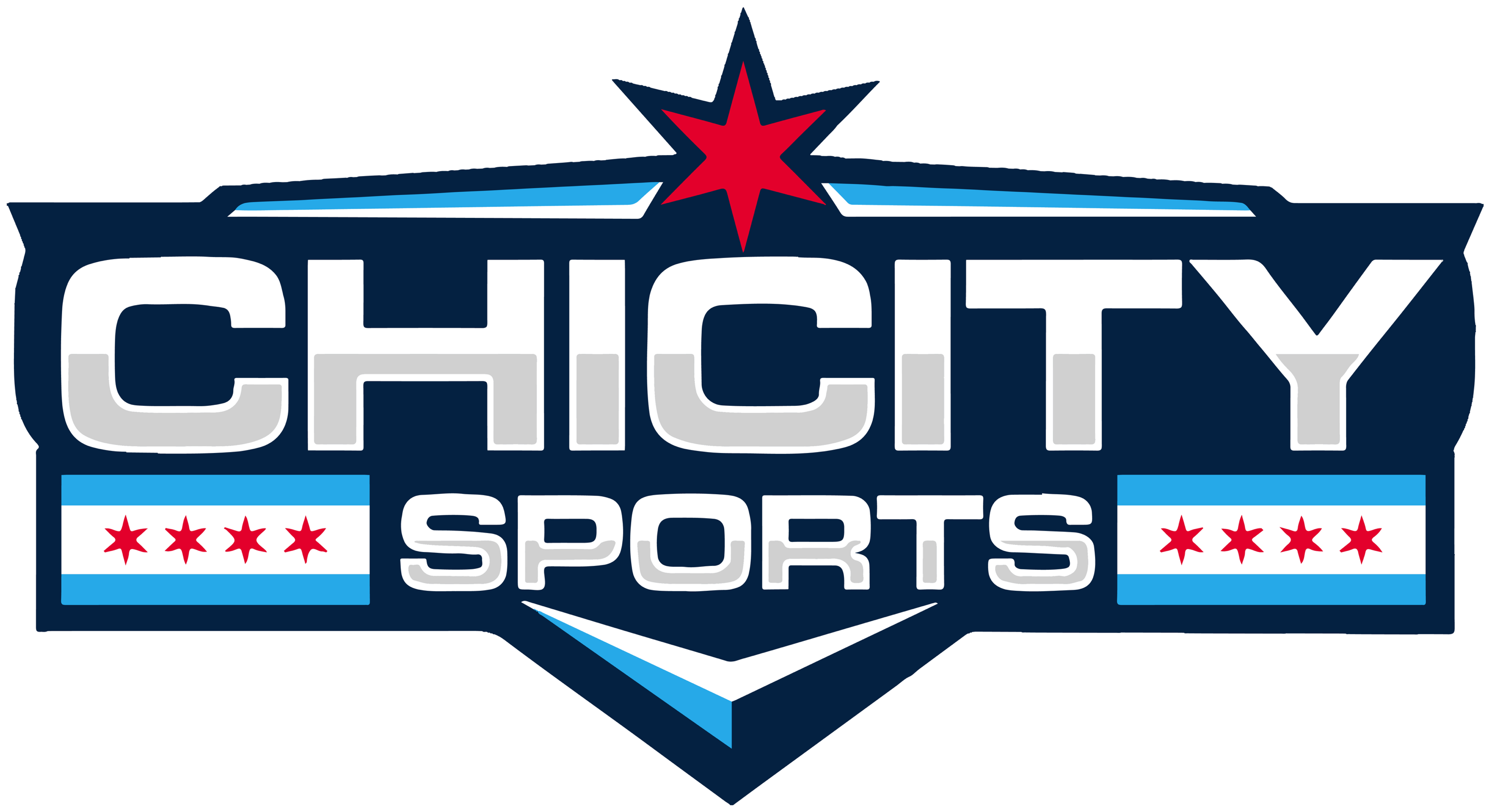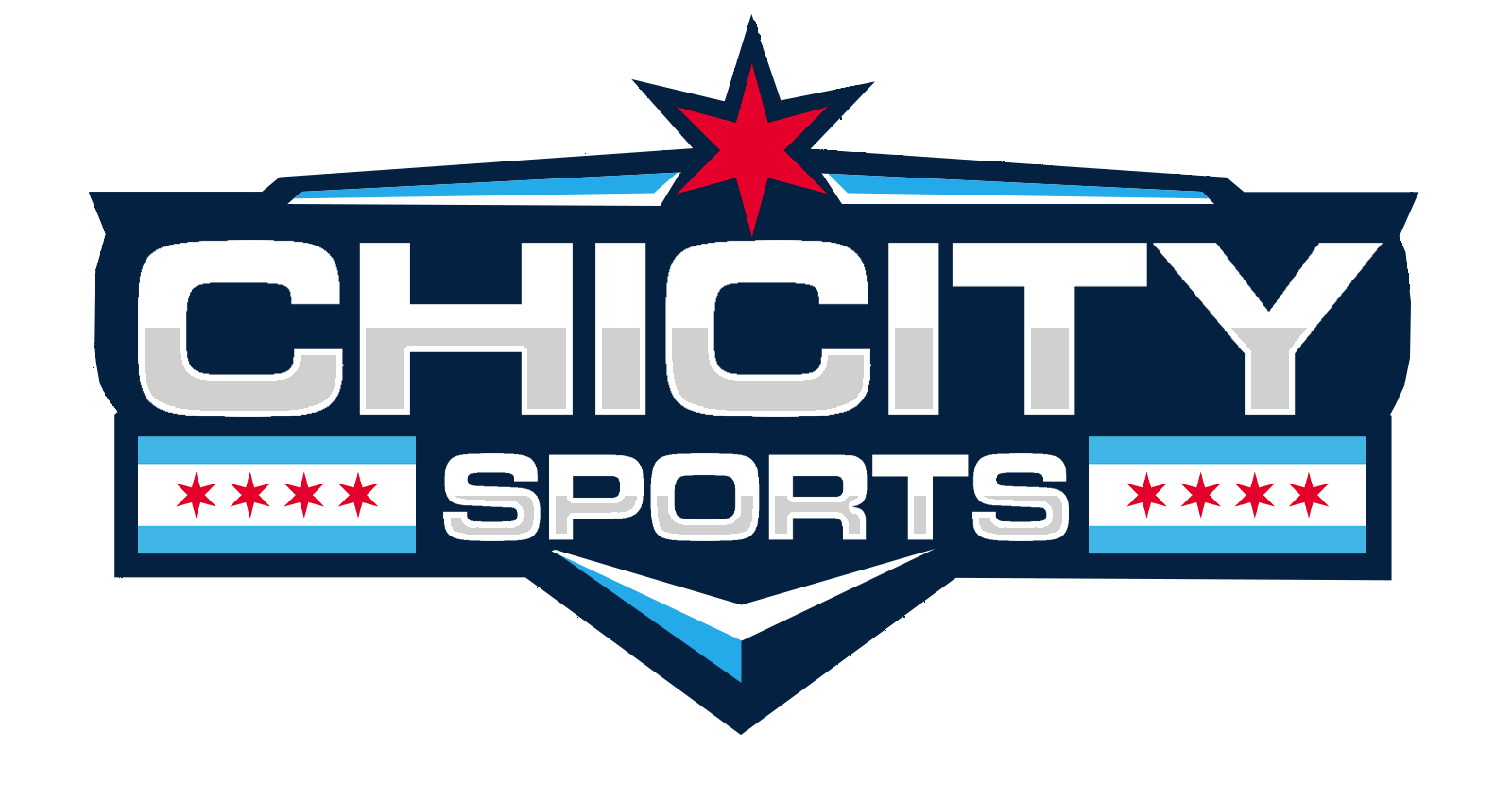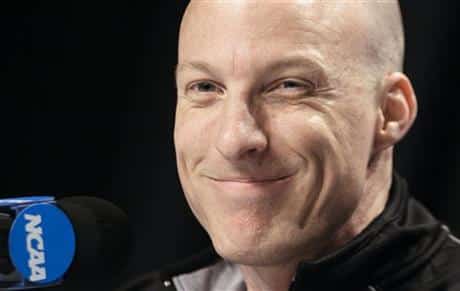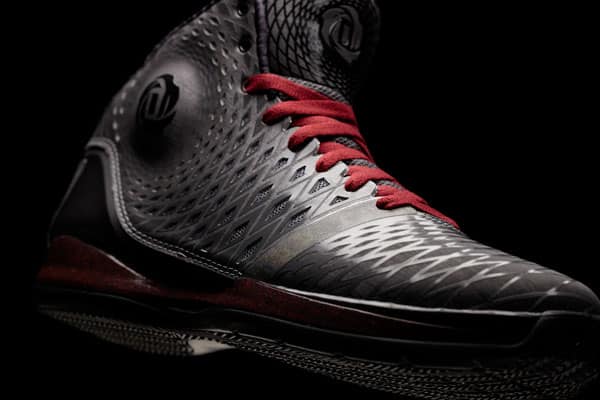“When you pour your heart and your mind and your soul into something I know it stings. If it doesn’t then something would be wrong.” A choked up John Groce said these words to a visibly broken Illini basketball team after their Round of 32 loss to Miami. The team had defied odds all season long in a roller coast ride that ended with a feeling that at least 67 other teams in the nation can sympathize with—defeat.
The sting Groce was referring to was not only felt by the 13 players in the locker room, but by the thousands of fans that make up the Illini nation. A season that ended in defeat for Illinois can only be labeled as an utter success. Just a year ago Illini fans couldn’t even switch over to the NIT games to watch their team play as Bruce Weber’s squad missed out on the postseason all together. After booting Weber and losing star player Meyers Leonard to the NBA, the expectations for this season were modest at best for the Illini.
Enter John Groce. Fresh off of leading the Ohio Bobcats from the Mid-American Conference to the Sweet Sixteen, Groce accepted the Illini job and righted the program back in their path towards hoops glory. The Fighting Illini finished with a 23-13 record, the best finish for the school since the 2008-2009 season. Groce implemented a high-powered offense with a heavy diet of three pointers that, coupled with offensive rebounds and second chance points, made the Fighting Illini a threat for just about anyone in the nation. The Illini led the Big Ten with 7.8 three pointers per game, good for second all-time in Illinois history. The Illini exceeded 70 points 16 times this season after doing so just ten times last year.
While offense is Groce’s calling card, he demands toughness and energy on the defensive end. Entering the NCAA tournament, the Illini averaged 16.3 points off turnovers and outscored opponents by 4.4 points per game in that category. Transition points are essential when over 40% of your shots come from long distance. When the shots weren’t falling and the offense faced droughts, it was the quick, easy transition buckets that kept the Illini in games.
While Groce deserves credit for the Illini’s success, seniors Brandon Paul, D.J. Richardson, and can’t be overlooked either. Groce’s ability to convince seniors Brandon Paul and D.J. Richardson to not only buy into his system, but also flourish under his tutelage was uncanny. Paul led Illinois in scoring with 16.6 ppg and was the Illini’s highest leading scorer since Brian Cook averaged 20 ppg in 2003. Paul carried the heavy burden of scoring throughout his career but impacted every aspect of the game. Paul joins Mark Smith (1978-81) as only the second Illinois player to reach career milestones of 1,600 points, 500 rebounds, 300 assists and 160 steals. He also provided clutch scoring, highlighted by his game-winning buzzer beater against Minnesota in the Big Ten Tournament.
Richardson also provided clutch heroics, including scoring eight late points charging a comeback victory against No. 1 Indiana, as well as a game-winning buzzer beater three pointer at Hawaii giving the Illini the 78-77 win. He finished top ten in the Big Ten in scoring (14.2 ppg in conference play) and finished his career hitting a three pointer in each of his final 42 games. His toughness on both ends of the floor, including his stifling perimeter defense, was off-the-box score stuff and will certainly be missed. The Brandon Paul- D.J. Richardson duo wasn’t always the most aesthetically pleasing site, but there was a method to the madness. The tandem took the program to the program to new highs and even some lows in their four years, but without question, they are irreplaceable commodities. Groce says making the NCAA tournament for the seniors was the team’s “cause” throughout the season.
“I’m thrilled for those guys that they had that opportunity,” Groce said. “That they had the chance to end their careers in a way that I think created a lot of special memories for them that no one will ever be able to take away from them.”
Under Groce, sophomores Tracy Abrams and Nnanna Egwu developed from underutilized assets to valuable starters. Groce handed over the keys to the offense to the inexperienced Abrams and he saw huge strides in his game as a result. Abrams increased his points per game from 4.3 ppg to 10.6 ppg and assists per game from 1.9 to 3.4. Egwu was also trusted with a starting role despite very little prior experience, increasing his averages from 1.9 ppg to 6.5 ppg and rebounds per game from 1.5 rpg to 4.9 rpg. Egwu also provided some much needed interior defense, leading the team with 1.4 blocks per game. The continued development of Abrams and Egwu is essential to the Illini’s success.
It was an up and down season for Illinois to say the least. Illinois started 12-0 before losing 10 of their next 13 games, only to claw their way back into the NCAA tournament. The season began with fans joking about the Illini making the NIT and ended with them salivating over coming so tantalizingly close to a Sweet Sixteen bid. The Fighting Illini look towards another drear outlook with seniors Paul, Richardson, Tyler Griffey, and Sam McLauren graduating, as well as sophomores Ibby Djimde and Mike Shaw and freshman Devin Langford transferring. The Illini will add guards Kendrick Nunn and Malcolm Hill who head the five-player recruiting class for next season, along with Drake transfer Rayvonte Rice. With those additions, as well as the continued development of Abrams and Egwu and the senior leadership of Joseph Bertrand, don’t count the Illini out in Year 2 of the Groce era.
For More Great Chicago Sports Content
Get the latest Chicago sports news, analysis, and breaking stories on the Bears, Bulls, Blackhawks, Cubs, White Sox, Sky, and more! Tap the star to add us to your favorites on Google News, so you never miss a story on your favorite Chicago teams.
Follow us on Twitter at @chicitysports23 for more great content. We appreciate you taking time to read our articles. To interact more with our community and keep up to date on the latest in Chicago sports news, JOIN OUR FREE FACEBOOK GROUP by CLICKING HERE




